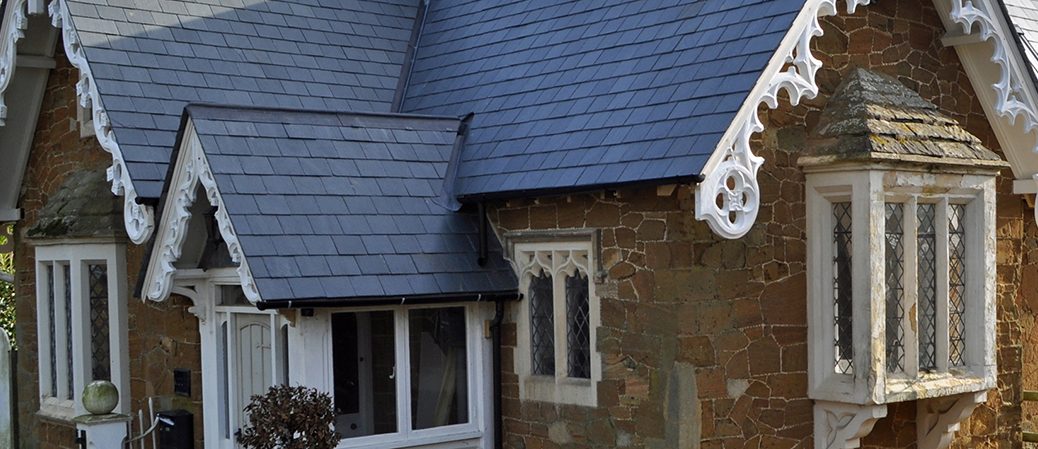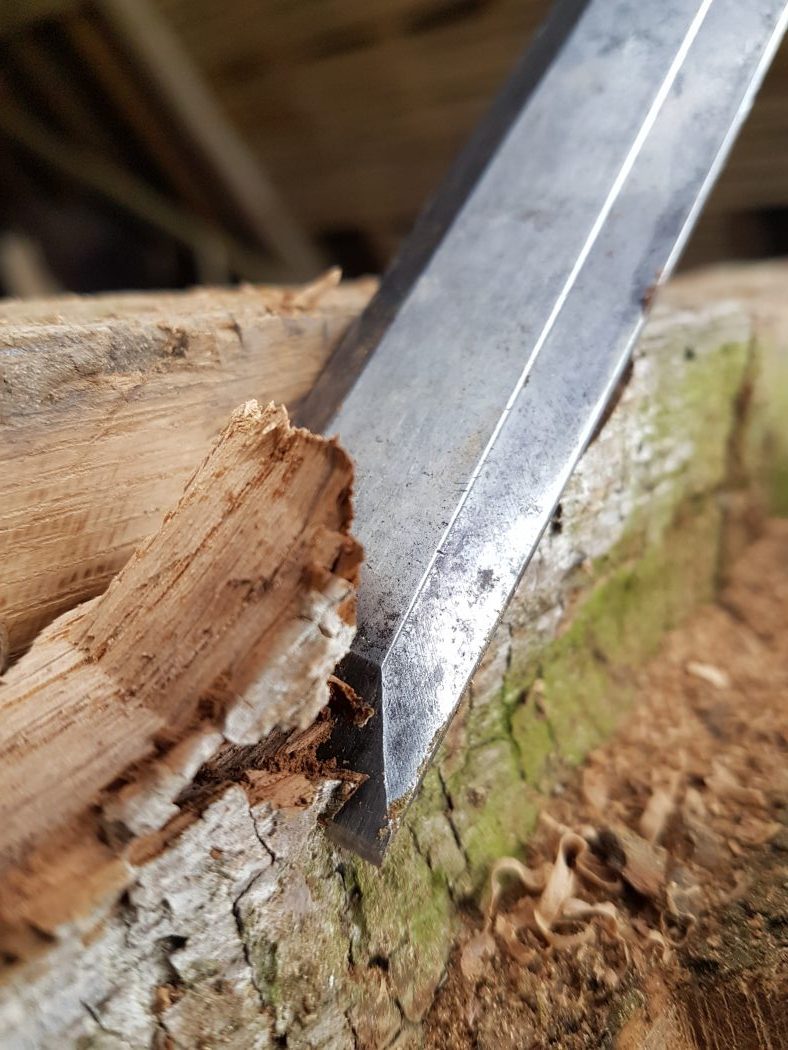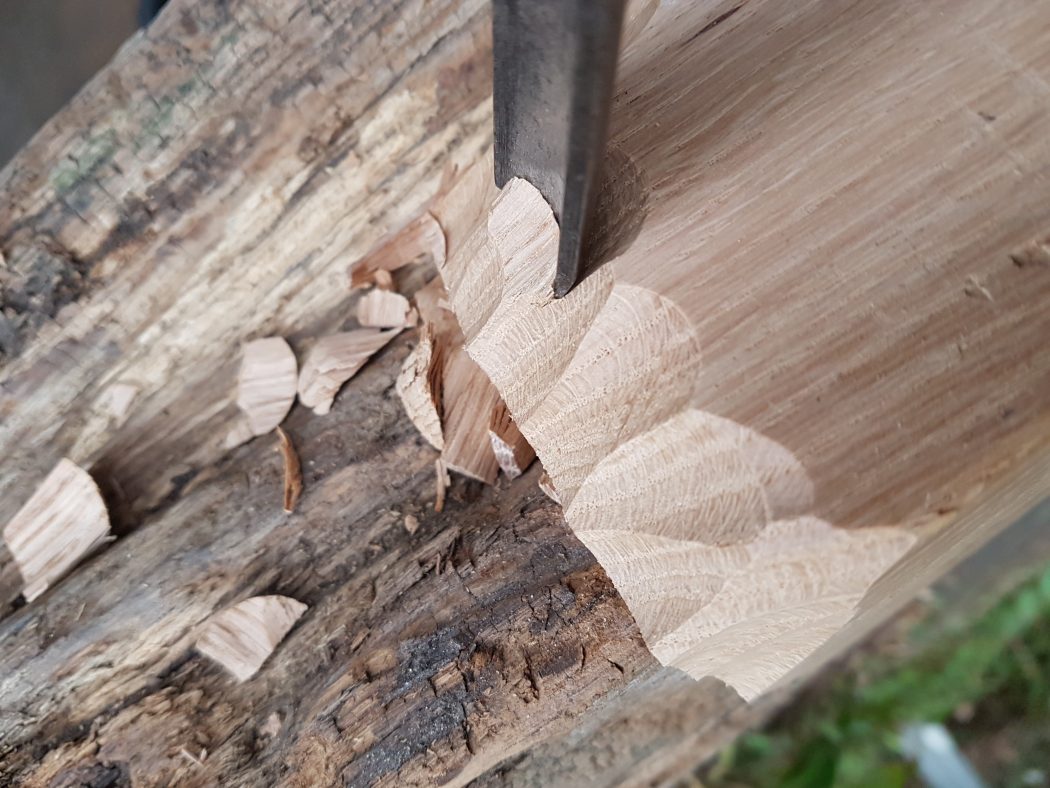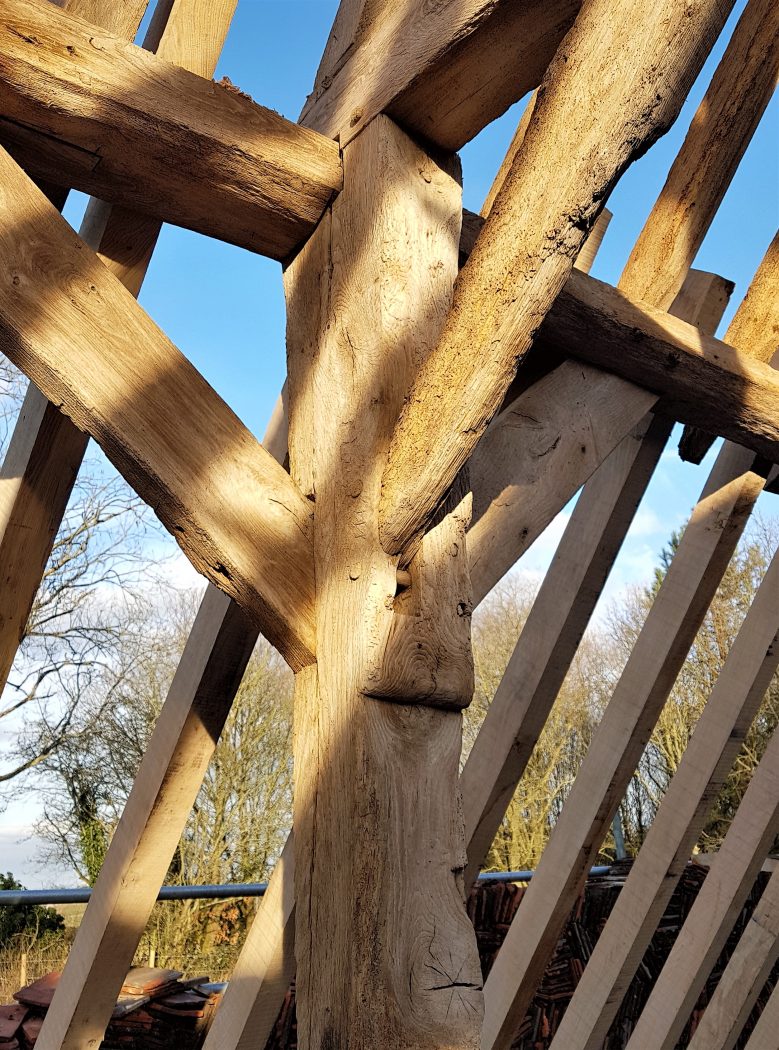The sight of traditional oak framed buildings and other historic structures in the landscape of Britain often stirs deep emotion in people; it is difficult to imagine our countryside being what it is without the presence of these buildings.
Our villages and historic town centres owe much of their character and charm to the presence of these buildings and seem to make an emotional connection within us to something that is part of a typically British landscape and culture. Their value should not therefore be measured in monetary terms alone.
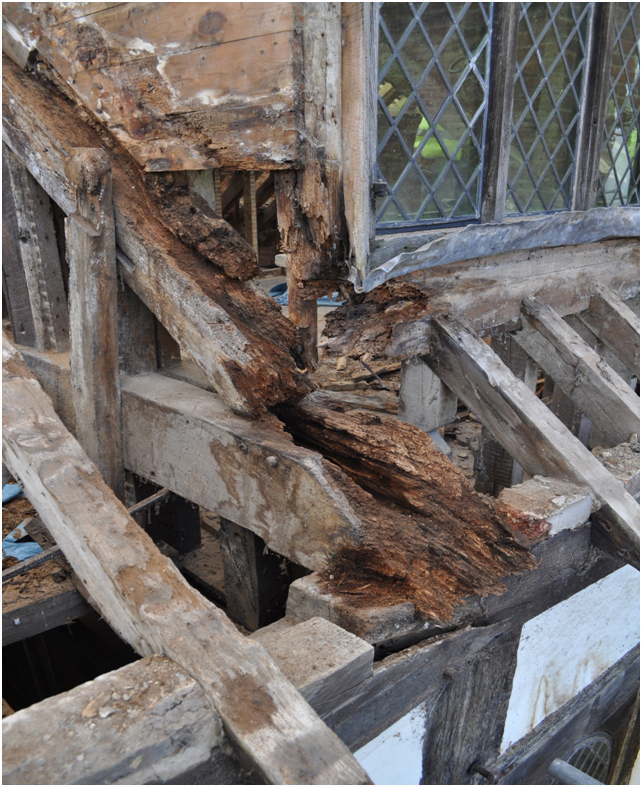
Conservation and Repair Strategy
Many owners of historic property have the belief that they are only custodians of the building and therefore have a duty to ensure that is correctly maintained for the next generation to enjoy, as so many have done so before.
Before starting conservation or repair work clear objectives should be established as to why work is required, this may be to:-
- Protect the structure from further decay and degradation.
- Ensure the building is structurally sound and safe.
- Preserve the building, possibly by altering its purpose (Barn conversations are a good example)
The way in which these buildings are conserved and repairs are made will of course depend on many influencing factors, also it should be remembered that many of these older buildings are protected by legislation limiting the way in which alterations and repairs are made. But there are a few basic guidelines that we follow:-
- Whatever is undertaken it should respect the existing structure
- There should be a policy of “minimum intervention” and therefore repairs should save as much original material as possible. Thus minimising the loss of any historic value
- Any methods used should be reversible and be themselves repairable at a later date. It should be remembered that building maintenance is a continuing process
- The repair should be readable to future generations and not confuse future historical interpretation.
Oakhouse Construction understand these techniques and routinely use them in the conservation and repair of historic structures.
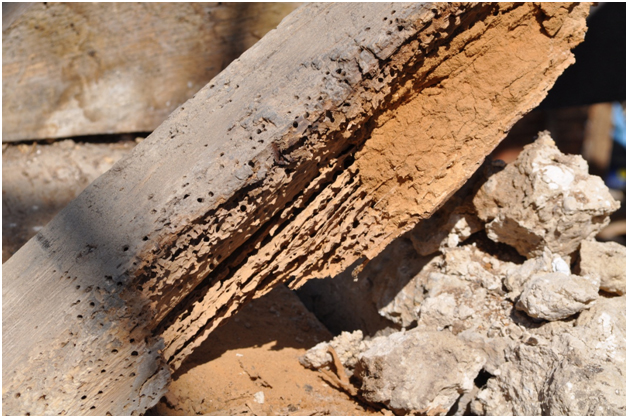
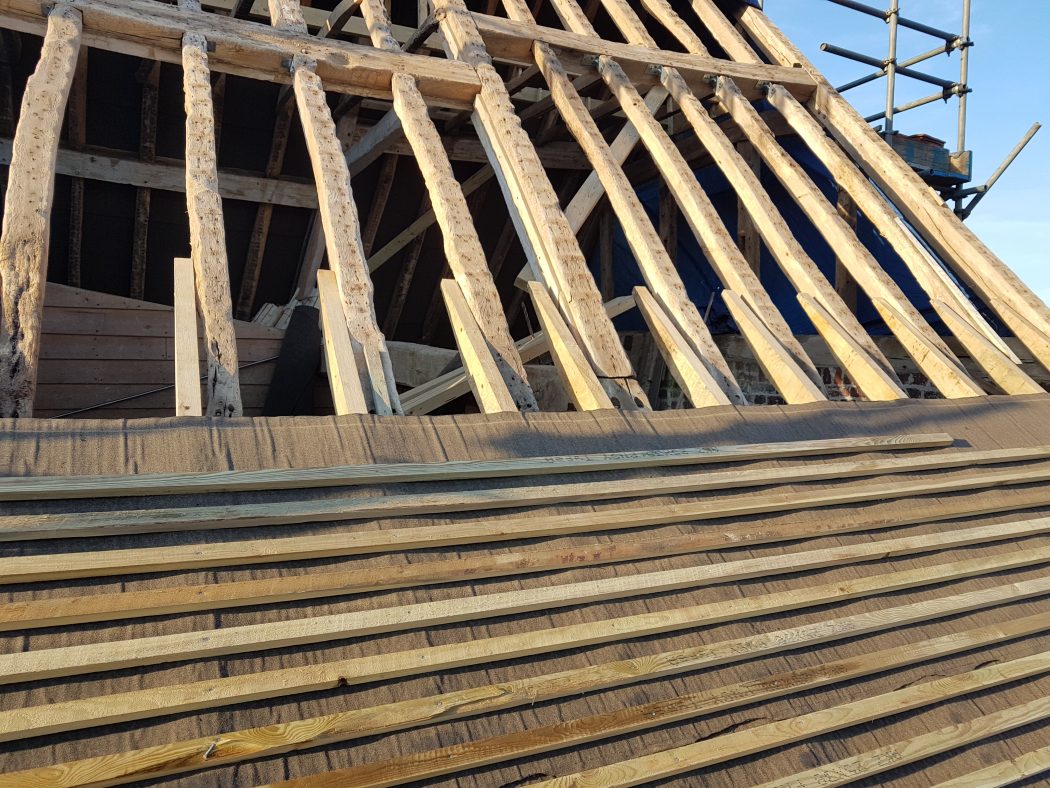
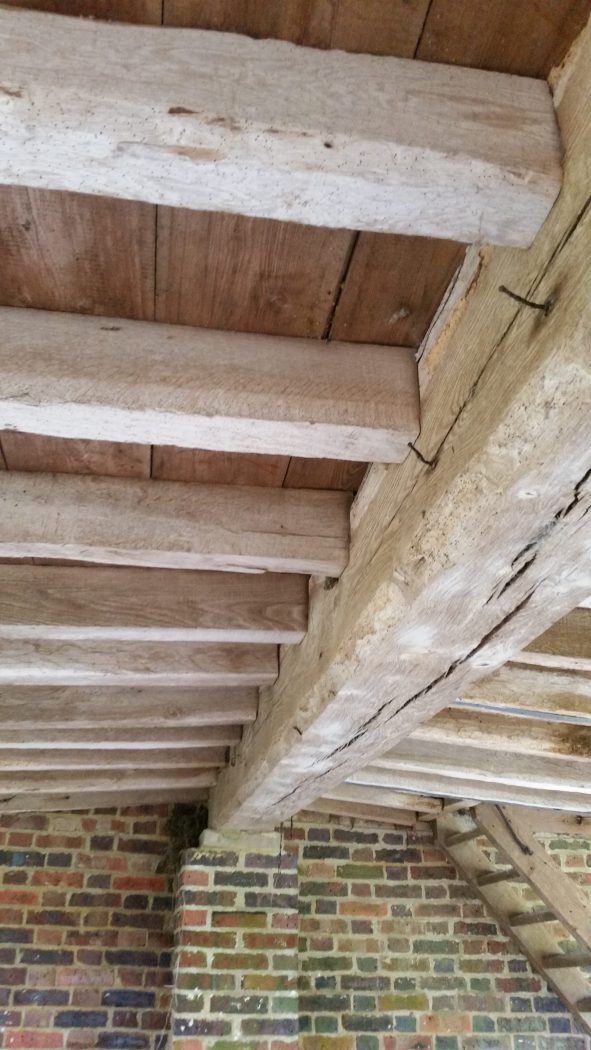
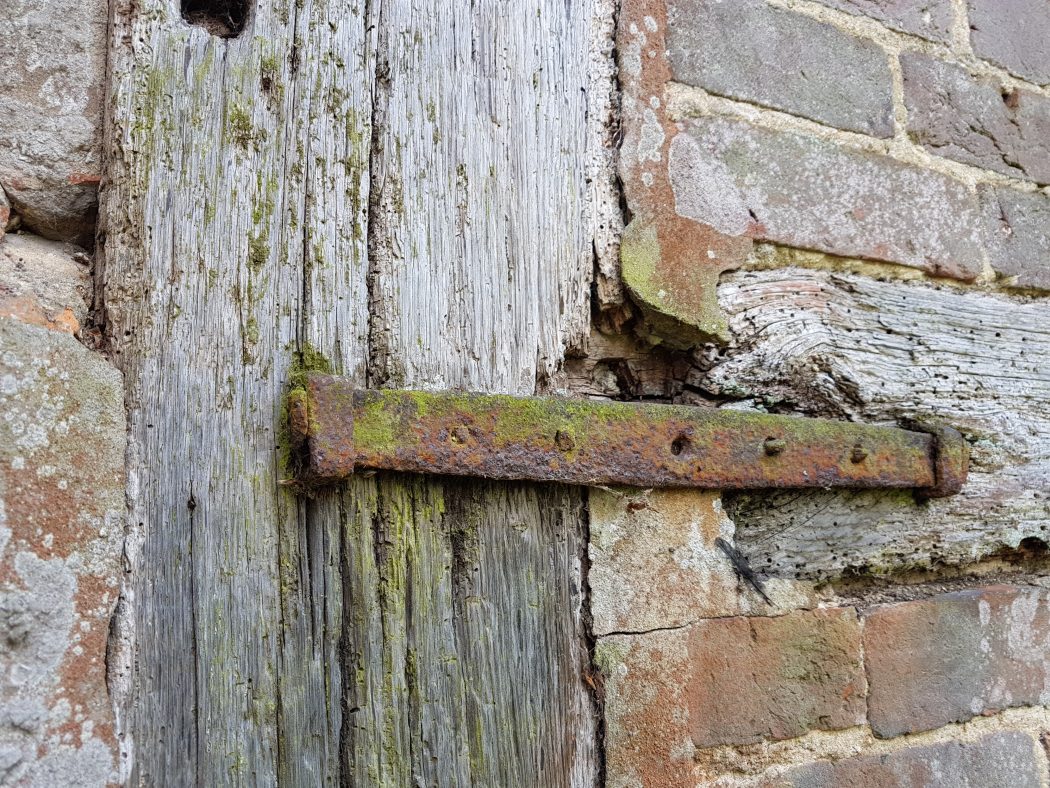
Working with historic buildings is for me, one of the most pleasurable sides of the construction industry, I believe that it is a privilege to work on what is in effect part of our history. To think that one day a fellow conservator possibly hundreds of years from now will work on the same buildings as us is something quite special. I hope they will be as careful as we are and approve of what we have done…

